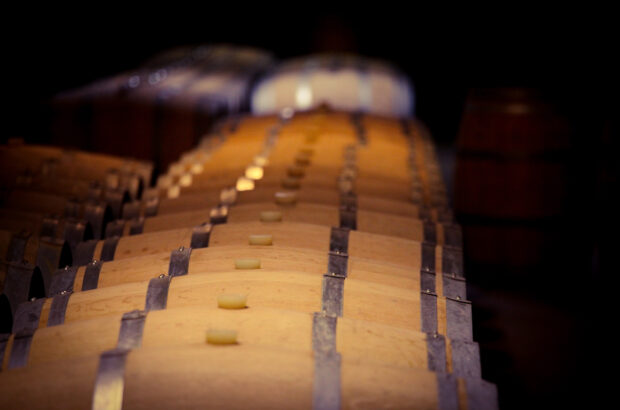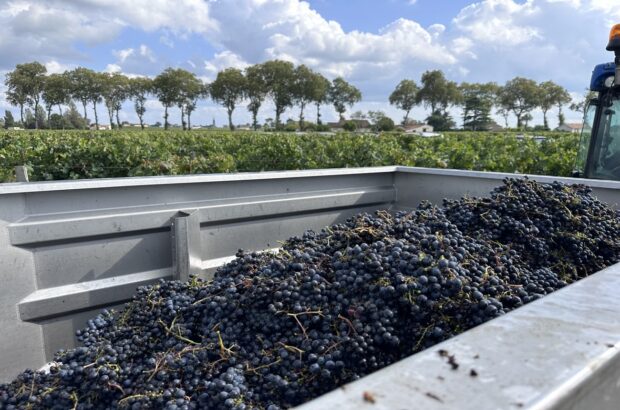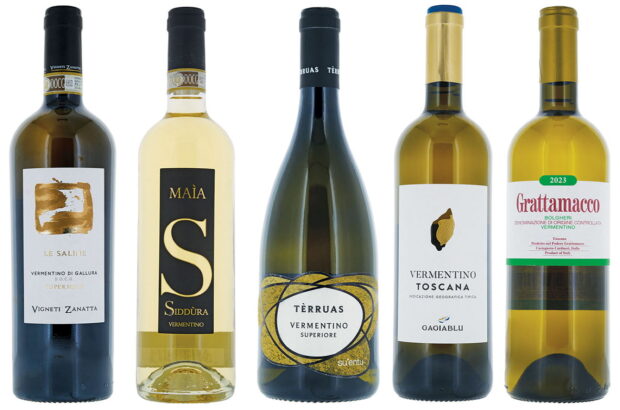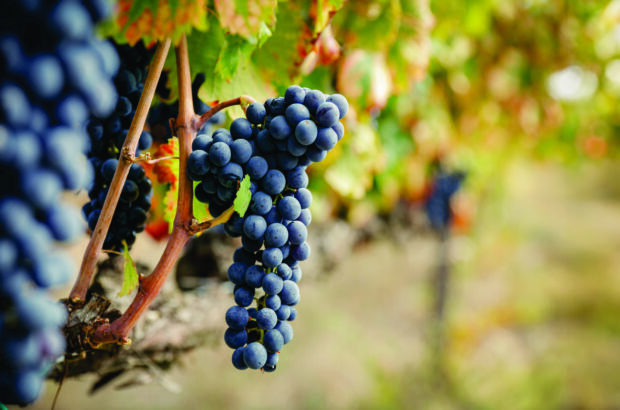Whether you have dreams of making your own cuvée, or already spend your days in the cellar, Jane Anson considers the enduring appeal of producing wine.
What drives people to make wine? I have been thinking about this a lot recently, mainly because I am enjoying a podcast called Food: A Cultural Culinary History, from Professor Ken Albala, Chair of Food Studies at the University of the Pacific in the US.
In it he describes how food, and our drive to obtain it, has been a catalyst to pretty much every stage of human development, from our earliest moves towards speech and standing upright, to the growth of modern warfare.
Yeast makes an early entry, as you can imagine, with Albala telling us that the recent obsession with bacteria-free households is completely at odds with how we’ve developed.
Essentially any complex tastes we enjoy today came about through an interaction of foods with wild yeast and/or lactobacillus, from bread to cheese to beer and, of course, wine.
He points out that products that are able to change or transform into other things (flour to bread, grapes to wine and so on) have invariably been adapted as religious symbols – barley by the ancient Egyptians as a symbol of reincarnation, bread by Christians as the body of Christ, and wine as a symbol of life (in the ancient Near East of Egypt, Iraq, Iran and Syria), as a gift showing the bounty of God (during Shabbat in Judaism) and as the blood of Christ (in Christianity). The Romans used wine as an offering to their gods, often pouring it directly onto statues of deities.
In Europe, religion has played a direct role in the growth of vineyards – from the first communities of monks in the 6th century through to the famous settlements of Cluny and Cîteaux in the 10th and 12th centuries and beyond.
These religious orders, and the network of abbeys that grew up all over Europe, were essential in ensuring that viticulture didn’t die out after the Romans left. Monks were good writers, for one thing, and kept manuscripts of what they were doing, not only for symbolic reasons but for economic reasons and to have wine to serve to visiting kings, noblemen and church leaders, so effectively as diplomacy. Through this, the abbeys became centres of innovation.
See also: Jefford: The sacred and the transcendant
See also: Oz Clarke – Monasteries and Clos de Vougeot
I attended a fascinating tasting at the Cité du Vin recently held by Vins d’Abbayes, an association that promotes the remaining abbey wines in France.
There are more than you might think, although we just ran through eight of them at the tasting, including Dominique Gruhier’s Domaine de l’Abbaye du Petit Quincy Chablis, part of a vineyard that was created by the Cistercians in 1212, and the amazing Abbaye de Lérins in Provence that bottles as an IGP Méditerranée and comes from vines grown on the tiny island, Ile St-Honorat, just off the coast of Cannes. You can visit the monastery, where 21 lucky monks are making the wine.
Religious origins aside, the subject of winemaking motivation has been made personal recently, with two good friends of mine, Miguel and Barbara Lecuona, making the leap from enthusiastic consumers to fully fledged winemakers in Texas Hill Country.
They bottled their first vintage of Siboney Cellars 2017 just a few weeks ago. It’s been fun simply being an observer and offering encouragement as they go along, watching them select the name (drawn from Miguel’s Cuban great uncle, a successful composer who wrote the song Siboney in 1929), weighing up the best grape varieties for the Texan climate and testing out micro-vinifications.
And it reminds me of something the late Professor Denis Dubourdieu said in the first class of my tasting diploma in Bordeaux. He asked the question that opened this piece: what drives people to make wine? I think I put my hand up and made the cardinal sin of saying that they did it to make money. Luckily he didn’t throw me out. Someone else gave a much better answer, that they did it for pleasure.
‘That’s right,’ I remember him saying with a broad smile. ‘The most noble reason to make wine is to bring pleasure to those who drink it.’
This column first appeared in the June 2018 issue of Decanter magazine.












